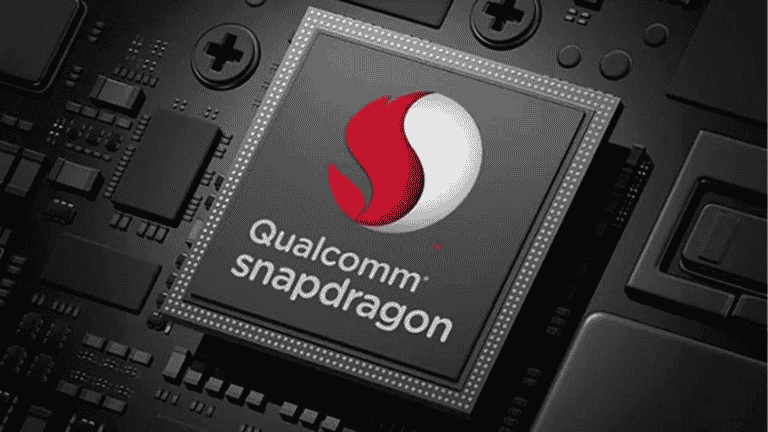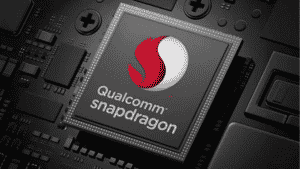The latest version of Qualcomm’s high-end Snapdragon 8 gen2 chipset is being previewed, and information about it is starting to surface. When can we anticipate the upcoming flagship CPU in phones, and what advantages will it bring?
What will you see here?
Features: SnapdraGon 8 gen 2
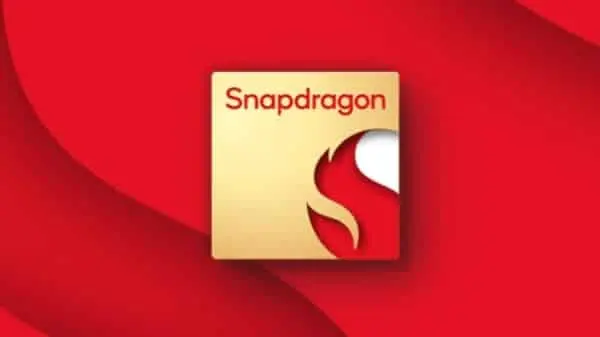
Again, there have been no official details from Qualcomm on how the snapdraGon 8 Gen 2 would change in design from the snapdraGon 8 Gen 1 that has been available for public viewing for the past year. However, some reliable rumors have emerged that partially lift the veil.
According to a technology leaker Ice Universe tip, they are cited by NotebookCheck. The new processor fixes one of the critical issues with the Qualcomm 8 Gen 1 chip.
That’s good news for the functionality and longevity of gadgets employing the new chipset.
This might be because Qualcomm wants to keep supporting 32-bit applications. Since the A710 and A510 support 32-bit applications but the X3 and A715 only support 64-bit. The chip may be able to drive some, if minimal, efficiency in 32-bit apps by leveraging those cores. It’s a fascinating movie, as Google and Arm want makers and developers to convert to 6. Apple already did in iOS and macOS many years ago.
Release date:
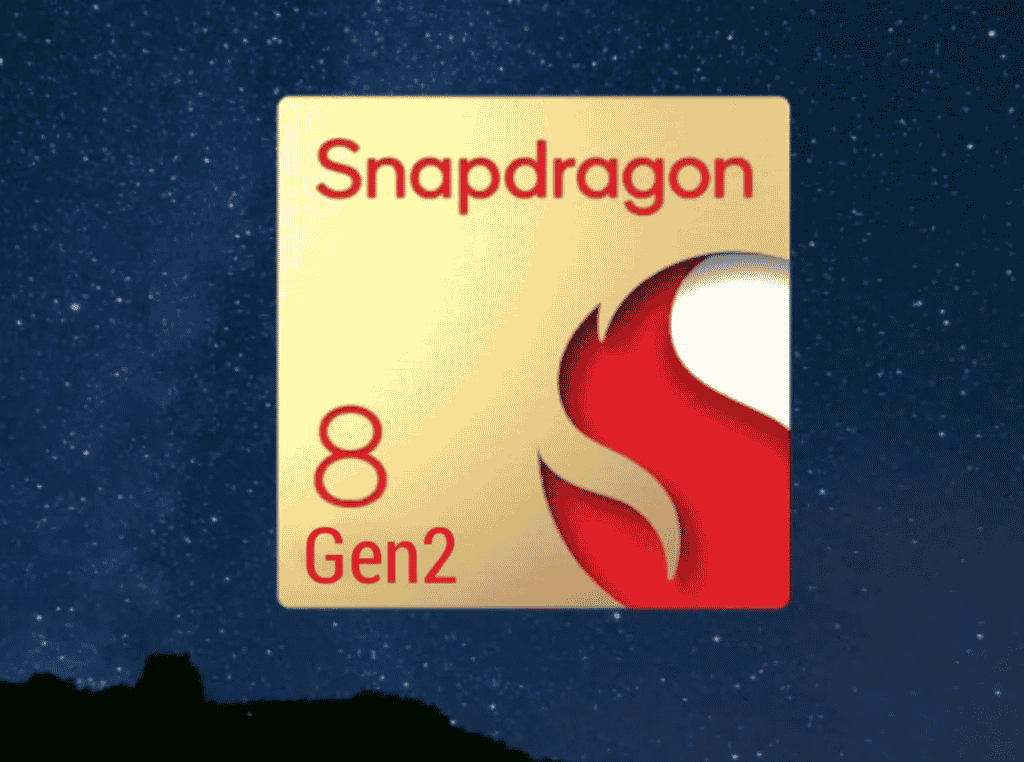
Even if the snapdragon 8 gen2 hasn’t publicly declared the release date. Most people think it will happen around the beginning of December. The fifth annual Qualcomm Technology Summit is approaching; check the Qualcomm website for updates. The article states that the summit will occur from November 14–17, 2022.
The post was then taken down. Its unexpected posting raises doubts about whether it was done on purpose, albeit it could have accidentally leaked the Snapdragon 8 Gen 2 launch date.
Which mobile snapdraGon 8 gen 2 will release?

Although the Snapdragon 8 Gen2 CPU hasn’t yet been officially announced, there are some possible models might ship with it. This is because the chipset itself hasn’t been made public.
Xiaomi is a business that consistently likes to take the lead with cutting-edge CPUs. In its Xiaomi 12 line, it’s one of the first to have the Snapdragon 8 Gen1 processor. Some rumors indicate that this may happen again when the Xiaomi 13 line debuts at the end of the year.
Performance
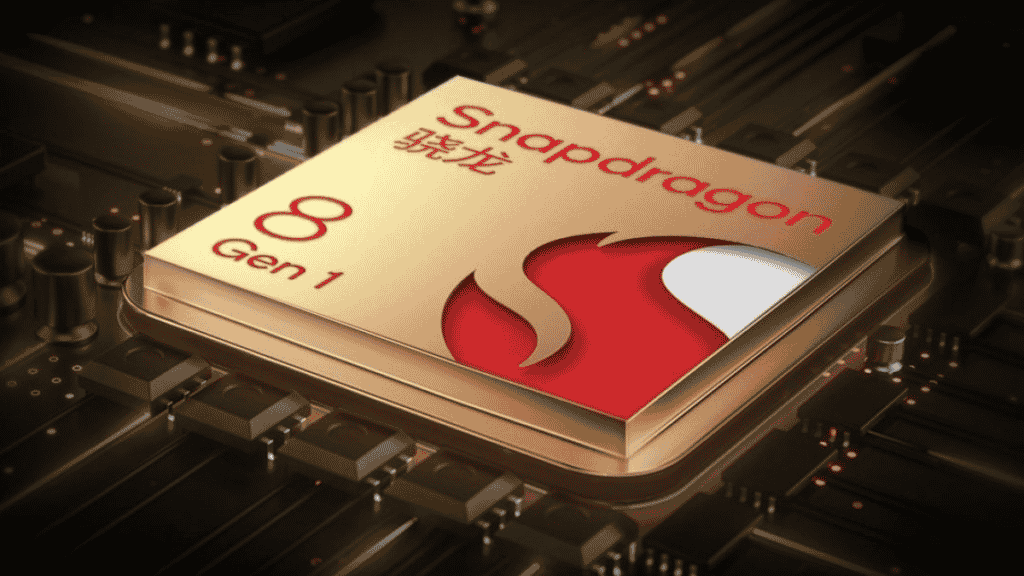
Qualcomm isn’t mainly focusing on the performance improvements the new silicon offers since it focuses more on other components of the Snapdragon 8 Gen 1 system-on-chip. The Snapdragon 8 Gen 1 will likely perform better than the Snapdragon 888, even though Apple’s A-series CPUs continue to rule the benchmarks.
To begin with, the Snapdragon 8 Gen 1 uses a 4-nanometer manufacturing process as opposed to the Snapdragon 888’s 5nm technology. The Snapdragon 8 Gen 1 outperforms its predecessor because of the reduced size. It enables more transistors to fit onto the chipset and increases power efficiency.
Although the Snapdragon 8 Gen2 CPU hasn’t yet been officially announced. There are some possible models that might ship with it.
Gaming features
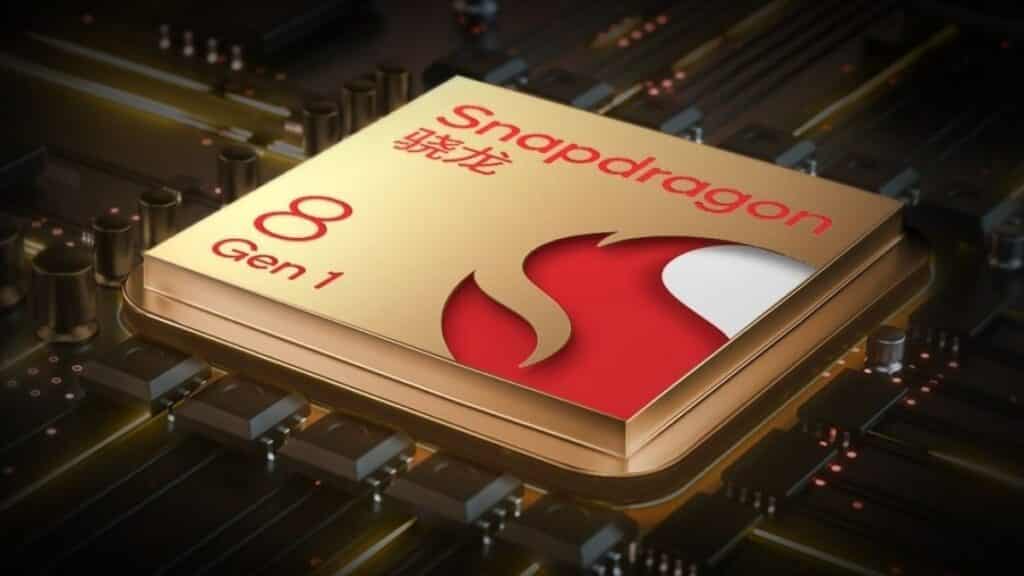
There are some potential models that may come with the Snapdragon 8 Gen2 CPU. The fact that it has not yet got an official announcement
According to Qualcomm, the new function can produce twice as many frames while using the same amount of energy.
Phones now have access to volumetric rendering, a desktop feature that will improve the realism of some images. In particular, the function should increase the realism of phenomena like smoke and fog.
Camera features
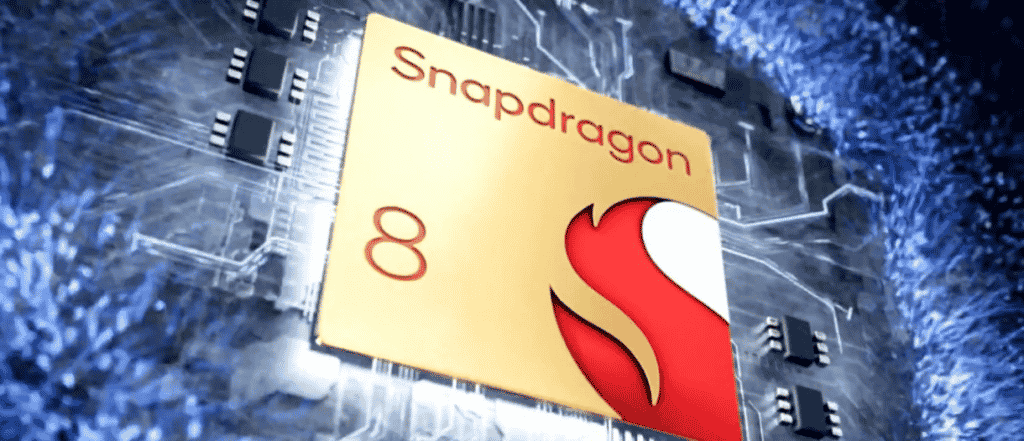
Qualcomm’s system-on-chip includes a graphics processor (ISP) that drives many smartphone cameras’ functions. Qualcomm is upgrading the 14-bit ISP in the Snapdragon 888 to an 18-bit ISP for the Snapdragon 8 Gen 1. For improved dynamic range, color, and sharpness, the new ISP can record 4K more camera data than its predecessor.
Additionally, ISP, a component of Qualcomm’s Snapdragon Sight technology, is quicker. It can take pictures at 3.2 gigapixels per second, faster than the Snapdragon 888’s ISP’s 2.7 gigapixels per second.
The ISP on the Snapdragon 8 Gen2 allows 8K HDR video capture. Qualcomm claims that this is a first for mobile, and there is a new Bokeh engine to provide soft backgrounds to films recorded on mobile devices.
Conclusion
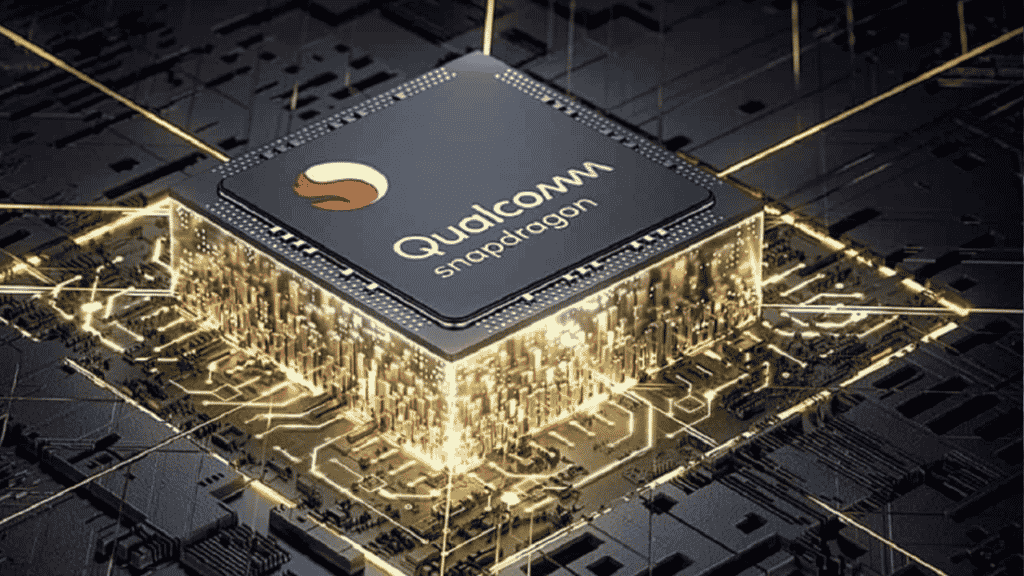
The launch of the Snapdragon 8 Gen 1 coincides with an exciting period for mobile CPUs. The first Google phone to forgo utilizing Qualcomm hardware in favor of a new Tensor chipset created by Google made its debut last month. While Tensor roughly matches the Snapdragon 8 Gen 1’s predecessor’s performance. The real brilliance of Google’s chip lies in how it employs machine learning to make on-device intelligence-powered services like better speech dictation and call screening possible.
Additionally, Apple has been successful in creating high-performance CPUs for its own range of iPhones. Despite increasing the pressure on Qualcomm, which has long been the leading manufacturer of mobile phone chips.
Read more
- Exclusive iPhone 12 new: Release date, Prices, Leaks, Specifications, and much more!
- Best Mobile Phones launching in the UK in 2022!
- Best USB-C docks for laptops and tablets in 2025!
- Quest 2 vs Quest: Detailed comparison for Oculus’s product!
- Nokia X20: An extended warranty and premium design!


